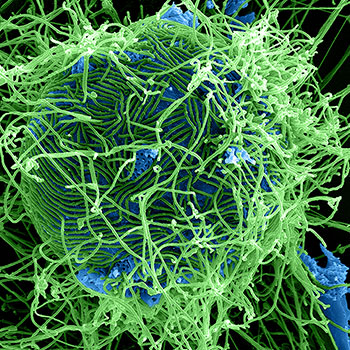We take Left Hand Side :
#LHS=(sintheta-costheta+1)/(sintheta+costheta-1)#
Dividing (numerator and denominator) by #costheta#,
#LHS=((sintheta-costheta+1)/costheta)/((sintheta+costheta-
1)/costheta)#
#=(tantheta-1+sectheta)/(tantheta+1-sectheta#
#=(sectheta+tantheta-color(red)(1))/(1-
sectheta+tantheta)...to[Put,color(red)(1=sec^2theta-tan^2theta)]#
#=(sectheta+tantheta-(color(red)(sec^2theta-tan^2theta)))/(1-
sectheta+tantheta)#
#=((sectheta+tantheta)-(sectheta-tantheta)
(sectheta+tantheta))/(1-sectheta+tantheta)#
#=((sectheta+tantheta)[1-(sectheta-tantheta)])/(1-
sectheta+tantheta)#
#=((sectheta+tantheta)[1-sectheta+tantheta])/([1-
sectheta+tantheta])#
#=sectheta+tantheta#
#=RHS#


